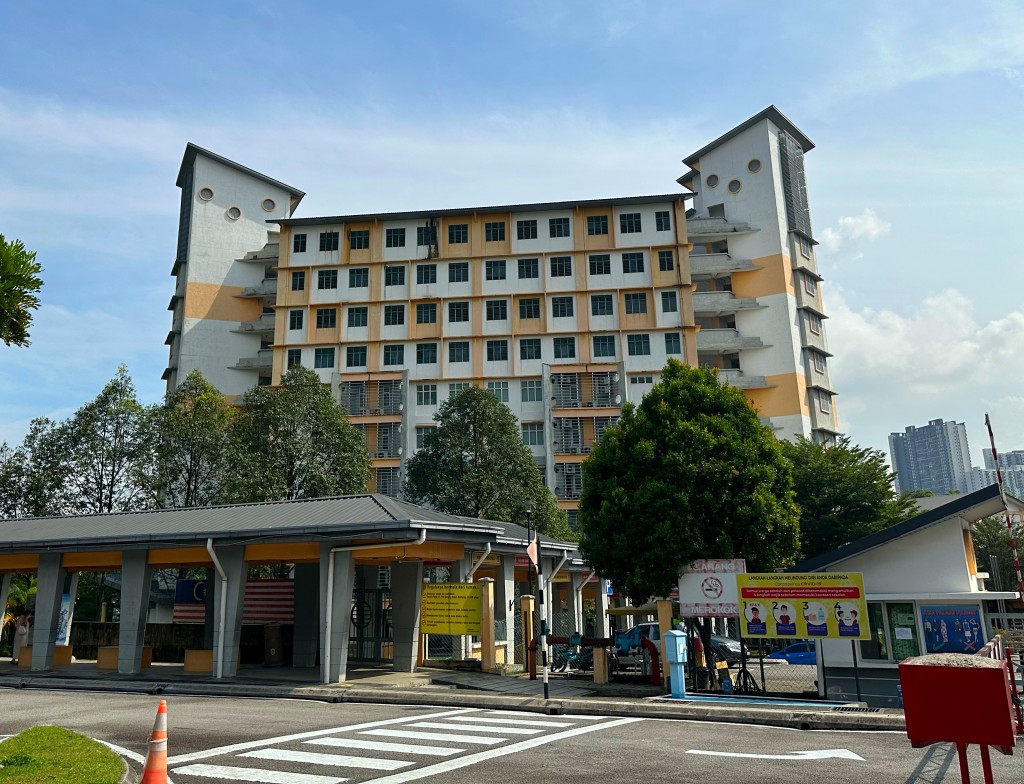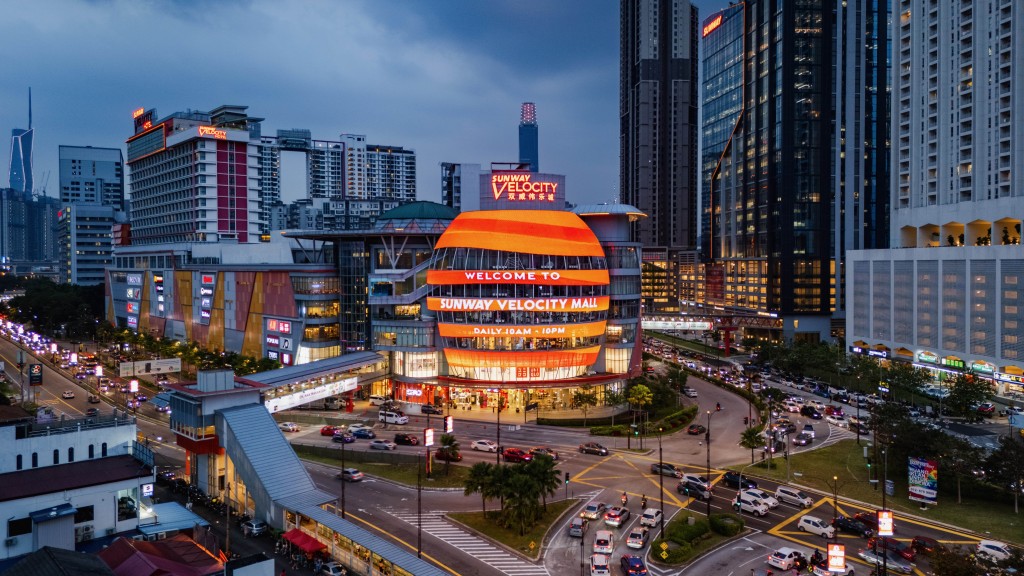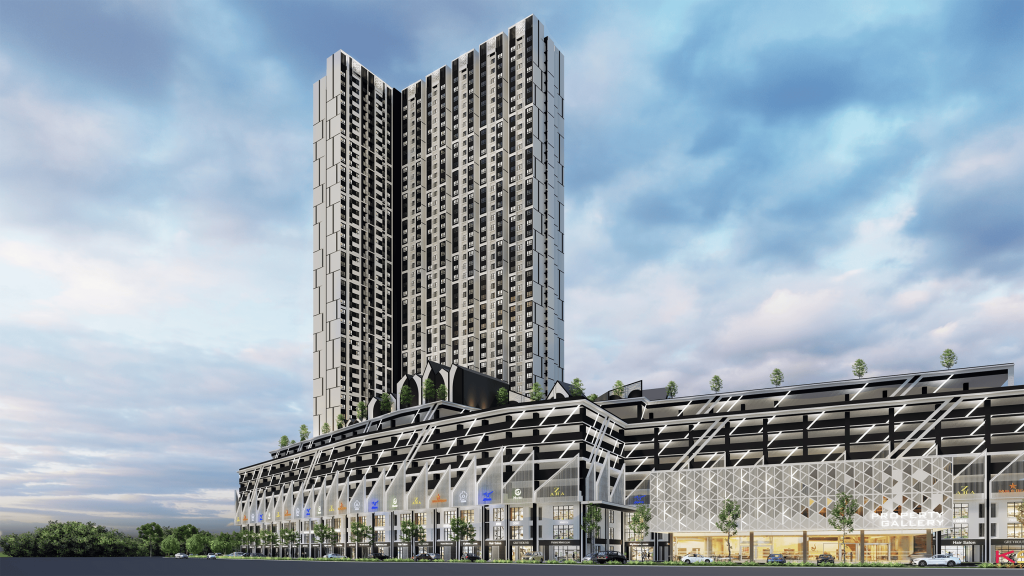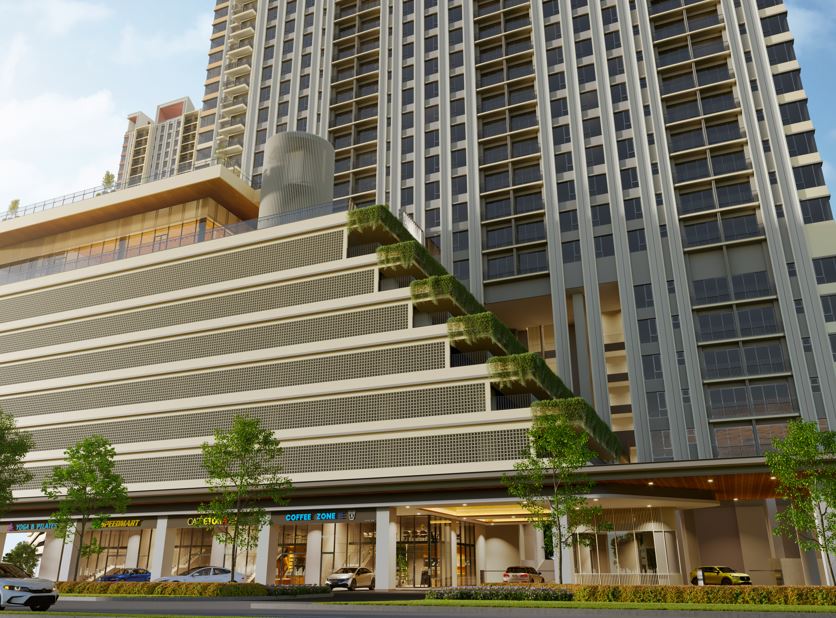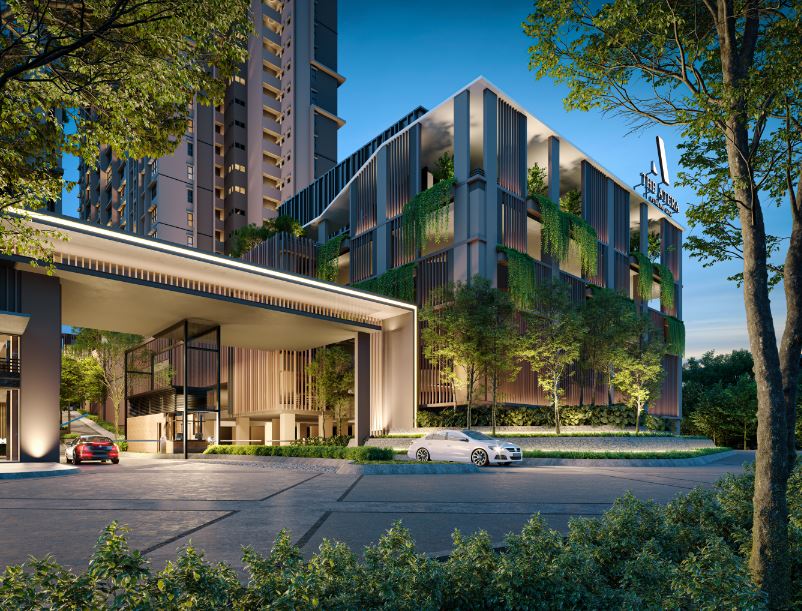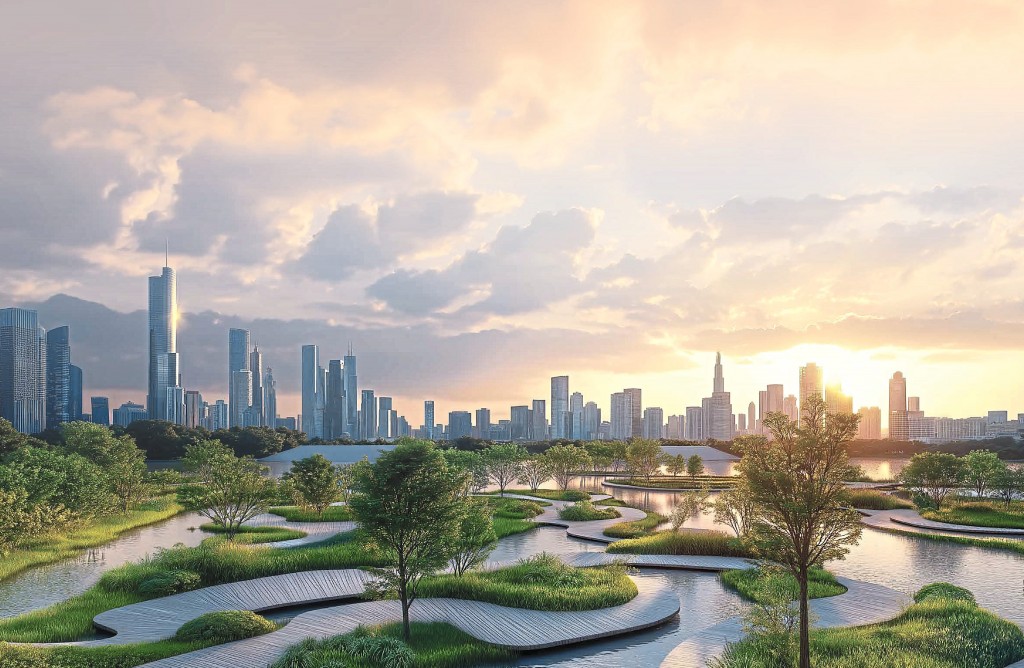Contributed by Datin Noraida Saludin
As Malaysia faces increasing climate risks, cities are at the forefront of both vulnerability and solutions. With rising flood occurrences, sea-level increases, extreme weather events and heatwaves threatening urban areas, robust climate change mitigation and adaptation strategies are more crucial than ever.
Urban development plays a vital role in addressing climate challenges. Key areas of focus include sustainable infrastructure, energy-efficient buildings and green spaces that act as carbon sinks. Cities like Kuala Lumpur and George Town are adopting green urban planning practices to reduce emissions and improve resilience against flooding and extreme heat.
Housing developers are essential in this effort. Their projects significantly shape the urban landscape and carbon footprint. By adopting sustainable construction practices—such as energy-efficient materials, renewable energy systems and water management solutions—developers can reduce the environmental impact of new buildings and strengthen community resilience against climate impacts.
Although national policies support climate-conscious urban design, more targeted and enforceable guidelines for developers are needed. Government initiatives that integrate Nature-Based Solutions (NBS) into infrastructure projects—particularly in drainage, landscaping and low-carbon developments—are helping Malaysia promote sustainable development. NBS protect, manage and restore ecosystems to address societal challenges, benefiting both people and nature simultaneously.
For cities to effectively combat climate change, collaboration among urban planners, engineers, landscape architects, developers and government agencies is crucial. Together, they must design cities that reduce greenhouse gas emissions and offer adaptive solutions to ensure urban resilience in an uncertain climate future.
The challenge of floods
Flooding remains a significant issue across Malaysian cities, particularly during the monsoon season. In 2024, large-scale floods displaced about 139,000 people as of November. States like Kelantan, Johor and parts of the Klang Valley experienced severe flooding, driven by heavy rainfall and poor drainage systems. Rivers like Sungai Golok in Rantau Panjang reached dangerous levels, highlighting the importance of urban development in mitigating flood risks.
Flooding damages infrastructure, displaces families and disrupts daily life, costing billions annually. Cities experiencing rapid urbanisation often struggle to manage stormwater, leading to overwhelmed drainage systems. In response, sustainable urban planning and climate adaptation strategies are needed. Effective flood management should integrate green infrastructure—such as permeable surfaces, urban wetlands and stormwater systems—into housing and commercial projects.
Urban developers must prioritise flood resilience by adopting eco-friendly building practices and reducing runoff risks. Additionally, developers should focus on constructing homes in areas with low flood risk and retrofitting existing developments with flood-prevention technologies. These combined efforts from urban planners, engineers, landscape architects, local governments and developers are key to addressing the growing flood threat and fostering climate resilience across Malaysian cities.
NBS in flood resilience
To address flooding, Malaysian cities should incorporate Nature-Based Solutions (NBS) that use natural environments and ecosystems to mitigate and adapt to climate impacts. Integrating NBS alongside conventional infrastructure improvements can create more resilient and sustainable urban environments.
Flood-resilient urban design: NBS, such as urban green spaces, rain gardens and green roofs, absorb rainwater and reduce surface runoff, preventing drainage system overloads during heavy rains. Cities need to adopt these green solutions to manage stormwater and reduce flash flooding risks. Green infrastructure also improves air quality, reduces the urban heat island effect and enhances biodiversity.
Urban wetlands and riparian buffers along rivers act as natural sponges, soaking up excess water and reducing storm surge impacts. These areas also support wildlife habitats and can be integrated into urban parks, providing recreational spaces for communities. Forest conservation in urban fringe areas also minimises flood risks by stabilising soil and preventing erosion.
Enhancing drainage systems: While upgrading traditional drainage infrastructure is necessary, incorporating nature-based flood management techniques enhances its effectiveness. Permeable pavements and bioswales (shallow, vegetated channels) allow rainwater to filter through the ground, reducing runoff and replenishing groundwater reserves. By replacing impervious surfaces like asphalt with these green alternatives, cities can reduce flood risks while promoting environmental sustainability.
The concept of Sponge Cities, popular in China, exemplifies how NBS, such as rainwater harvesting and urban wetlands, can help cities absorb rainwater instead of letting it run off. Adopting this approach in Malaysia can address the challenges of increasing rainfall due to climate change while relieving pressure on existing drainage systems.
Climate-resilient urban planning: Climate change is making flooding more frequent and severe, requiring urban planning to consider future climate projections. Nature-based adaptation strategies can help cities better cope with these events. Urban landscapes like mangrove restoration, coastal wetlands and dunes can buffer urban areas from rising sea levels and storm surges.
Urban forestry also offers benefits, such as reducing flash floods by intercepting rainwater before it hits the ground. Planting trees provides shade, mitigates the urban heat island effect and slows rainfall capture through their branches and leaves.
Retrofitting existing infrastructure: For cities already at risk of flooding, retrofitting existing infrastructure with NBS can reduce flood risks. Adding green roofs, rainwater harvesting systems and vegetated swales to older buildings and infrastructure helps manage stormwater. In high-risk areas, urban wetlands or water-sensitive urban designs improve flood management and urban resilience.
Community-driven initiatives, such as community gardens, rainwater harvesting projects and local flood management efforts, also play a vital role. These participatory approaches engage local residents in enhancing city resilience and fostering a sense of ownership and responsibility for their environment.
Collaborative efforts for implementing NBS: Fully implementing NBS requires collaboration between urban planners, developers, local governments and communities. Policies should incentivise integrating NBS into development projects through regulatory frameworks. Developers can adopt sustainable building practices, like green buildings and low-impact development techniques, which incorporate natural flood management solutions.
Public education campaigns are also crucial in raising awareness about the benefits of NBS for flood management. Collaboration between local authorities, the private sector and citizens creates a collective commitment to addressing flooding and climate change, building more resilient urban spaces.
Integrating nature-based solutions into urban planning offers an effective and sustainable approach to combat flooding and climate change in Malaysia. Enhancing green infrastructure, improving drainage systems with NBS and retrofitting existing urban areas can create cities that are resilient, sustainable and livable for future generations. As cities continue to grow, adopting NBS will be key to reducing flood risks and building urban environments that protect people and the planet alike.
Stay ahead of the crowd and enjoy fresh insights on real estate, property development and lifestyle trends when you subscribe to our newsletter and follow us on social media.








